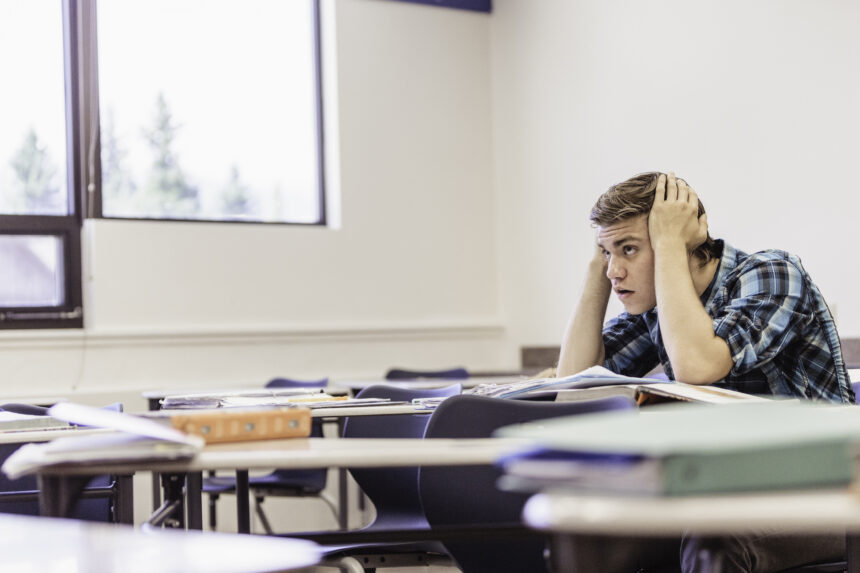Where you live can significantly impact the quality of your education. According to a new WalletHub report, certain states scored substantially higher than others.
Many states also had high dropout rates due to inadequate financing and instructor attention.
According to WalletHub, the top states for school systems were Massachusetts, Maryland, New Jersey, Connecticut, and Wisconsin. The states that struggled the most with funding were New Mexico, Oklahoma, Alaska, Arizona, and Louisiana.
The report examined several metrics across all 50 states, including school performance, safety, funding, class size, and instructor credentials.
However, in terms of dropout rates, Arizona, Alaska, Idaho, New Mexico, and the District of Columbia were all tied for the highest percentage.
Other schools that performed better on the other indicators also had low dropout rates. States at the top of the list of lowest rates were Virginia, Tennessee, Wisconsin, Massachusetts, and Kentucky.
“Getting enough funding is essential for a productive school system, but simply having more money doesn’t guarantee success,” WalletHub analyst Cassandra Happe said in the report. “How funds are applied also plays a big role in how good a school system is, as does the quality of educators, other professionals and the curriculum. In addition, schools need to focus not just on test scores but also on making sure that students feel safe, comfortable and cared for.”
The schools that performed better in the WalletHub report had some of the highest test scores and may represent a more affluent community.
Massachusetts, for instance, has the greatest percentage of students in the US who scored three or better on an AP exam. Connecticut also earned the highest ACT scores in the country.
Regarding both test scores and dropout rates in a school system or even a state, Gerard Robinson, a public policy professor at the University of Virginia, said, “Money matters.”
Robinson stated in a report, “Anyone who tells you otherwise is being dishonest or coy.” Even when we acknowledge that per-pupil spending matters to school quality, the rationale for doing so is often incomplete. How? By focusing attention on one side of the financial ledger at the expense of the other.”
According to Christopher Lubienski, an education professor at Indiana University Bloomington, many factors outside the school system influence student success.
“Despite what we might hope, school is only a relatively small part of the equation, and in-classroom factors even less,” Lubienski said in the report. “That said, school factors are a unique area where policy can have a more direct impact. That is, it is hard for policymakers to leverage change in family structure, parenting practices, family support for learning, etc. But they can bring in better teaching and curricula.”















